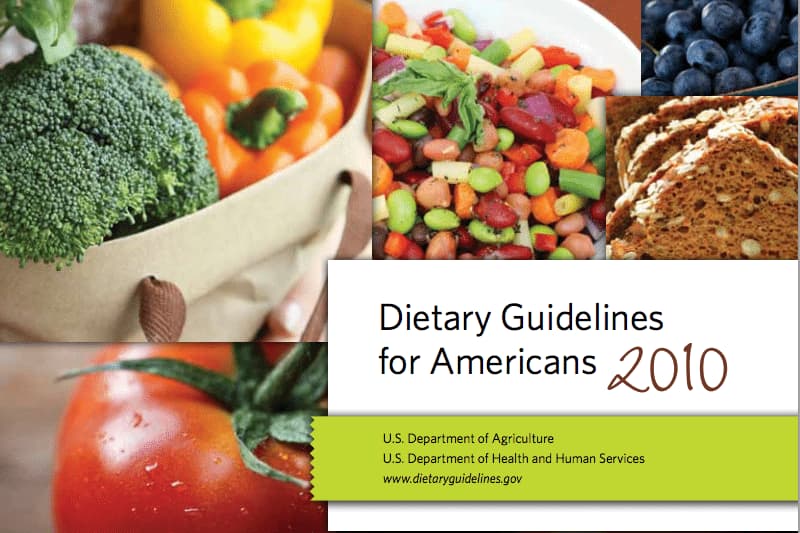Knowing what to eat and how much can be a frustrating affair especially when nutrition research surfaces new or conflicting evidence almost on a weekly basis. To help those of us in the U.S. make sense of the science, the Dietary Guidelines for Americans provides evidence-based nutrition information and advice encouraging Americans to eat a healthful diet, achieve and maintain a healthy weight, promote health, and prevent disease. These guidelines are important not just as dietary advice; they become the foundation for decisions the government makes when writing new laws and creating new programs.
To keep things current, the Dietary Guidelines are reviewed by an advisory committee every 5 years, and this year will mark it’s 8th edition release. Here are 5 potential changes currently on the table that could have a big impact on what, and how much we eat:
1. CAPPING ADDED SUGARS Sugar added to processed or prepared foods increases the calories without upping the food’s nutritional quality. While past Dietary Guidelines loosely advised us to eat less calories from sugar, the 2015 draft version may recommend a specific limit on added sugars of 10% of total calorie intake.
2. LESSENING SALT RESTRICTIONS Eating too much sodium (found in salt) on a daily can increase your risk for high blood pressure and heart disease. Currently, the 2010 Guidelines recommends capping sodium at 2,300 milligrams per day for the average American and 1,500 milligrams per day for 51+ year olds, African-Americans and people with high blood pressure and/or kidney disease. While the 2015 version might keep the recommendations the same they may not emphasize sodium as much since the evidence for eating less than 2300 milligrams seems to offer little to no added health benefits.
3. ACTUALLY SAYING “EAT LESS MEAT” To play nice with farmers and the meat industry in general, the government previously made recommendations on eating leaner cuts of meat for high-quality protein rather than less of it. The panel revising the current Dietary Guidelines is not so sure this is actually what’s best for our health though. The drafted recommendations for 2015 may just come out and say that a healthy diet includes fewer “red and processed meats”–much to the dismay of the meat industry, of course.
4. RECONSIDERING CAFFEINE The current Guidelines make no mention of caffeine however, given the murky evidence around it’s safety during pregnancy, the 2015 revisions may recommend pregnant women moderate their caffeine consumption by capping intake to less than 200 milligrams (about 2 cups) per day.
5. EMBRACING THE ENVIRONMENT Sustainable eating has been discussed before until this point, the health of the environment and the health of Americans have remained two very separate issues. The 2015 version may put forth actual recommendations to promote sustainability as the idea that environmental health impacts our own grows in popularity. This could come across as yet another jab at the meat industry since its production has significant environmental implications.




